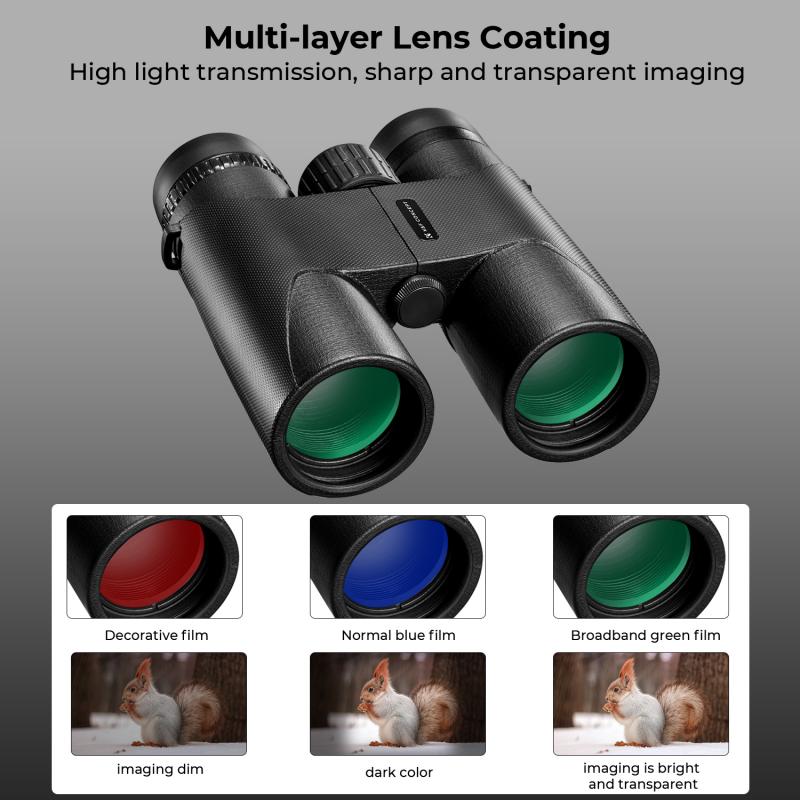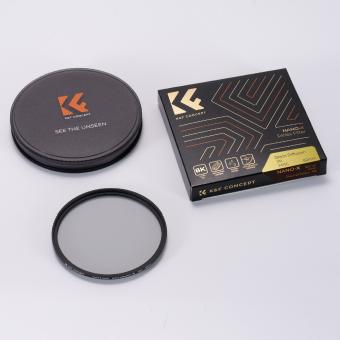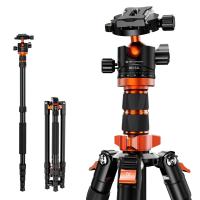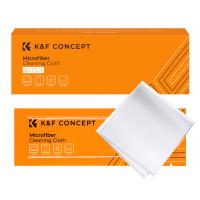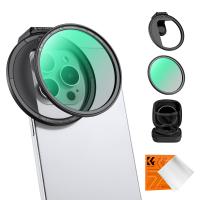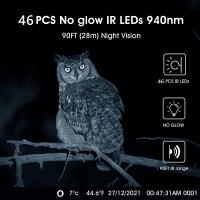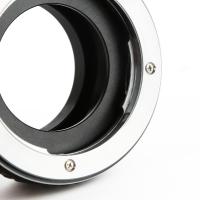What Are The Tiny Microscopic Black Bugs ?
The tiny microscopic black bugs you may be referring to could be various species of insects, such as black carpet beetles, black fungus gnats, or black mites. It is important to note that without further information or a more specific description, it is difficult to determine the exact type of bug you are referring to.
1、 "Black Mites: Tiny Arachnids Commonly Found in Homes"
Black mites, also known as black bugs or black mites, are tiny arachnids that are commonly found in homes. These microscopic creatures belong to the arachnid family and are closely related to spiders and ticks. They are typically black or dark brown in color and have a round or oval-shaped body.
Black mites are often found in damp and humid environments, such as basements, bathrooms, and kitchens. They thrive in these conditions as they feed on organic matter like mold, fungi, and dead insects. These pests are attracted to moisture and can multiply rapidly if the conditions are favorable.
While black mites are generally harmless to humans, their presence can be a nuisance. They can cause allergic reactions in some individuals, leading to symptoms like itching, redness, and irritation. Additionally, their presence can be an indication of underlying moisture or mold issues in the home, which can be detrimental to both the structure and the health of its occupants.
To prevent and control black mite infestations, it is important to address the underlying moisture problem. This may involve fixing leaks, improving ventilation, and reducing humidity levels. Regular cleaning and maintenance can also help eliminate their food sources and reduce their population.
It is worth noting that the term "black mites" is a general description and can refer to various species of arachnids. Therefore, it is advisable to consult with a pest control professional to accurately identify the specific type of mite and determine the most effective treatment plan.
In conclusion, black mites are tiny arachnids commonly found in homes, particularly in damp and humid areas. While they are generally harmless, their presence can be bothersome and may indicate underlying moisture or mold issues. Taking preventive measures and addressing the root cause of the infestation is crucial in controlling their population and ensuring a healthy living environment.

2、 "Black Gnats: Small Flying Insects Often Found Indoors"
Black gnats, also known as black flies or midges, are tiny microscopic black bugs that are often found indoors. These insects belong to the family Simuliidae and are commonly found near bodies of water such as rivers, streams, and lakes. They are most active during the warmer months, particularly in the early morning and late afternoon.
Black gnats are known for their small size, typically measuring only a few millimeters in length. They have a dark coloration, which gives them their name. These insects have a humpbacked appearance and are equipped with long, slender wings that enable them to fly.
While black gnats are harmless to humans, they can be quite a nuisance. They are attracted to moisture and are often found in areas with high humidity, such as bathrooms, kitchens, and basements. They are also drawn to light, which is why they are commonly seen near windows and light fixtures.
Black gnats are known for their swarming behavior, often gathering in large numbers. They are attracted to carbon dioxide, which is why they tend to hover around people or animals. Their bites are typically painless, but some individuals may experience mild itching or swelling.
To control black gnats indoors, it is important to eliminate their breeding sites. This can be done by removing standing water, repairing leaky pipes, and ensuring proper ventilation in damp areas. Insecticides can also be used to treat infested areas, but it is important to follow the instructions carefully and use them sparingly.
In conclusion, black gnats are tiny microscopic black bugs that are often found indoors. While they are harmless, their swarming behavior and attraction to moisture can make them a nuisance. Taking steps to eliminate their breeding sites and using insecticides can help control their population indoors.
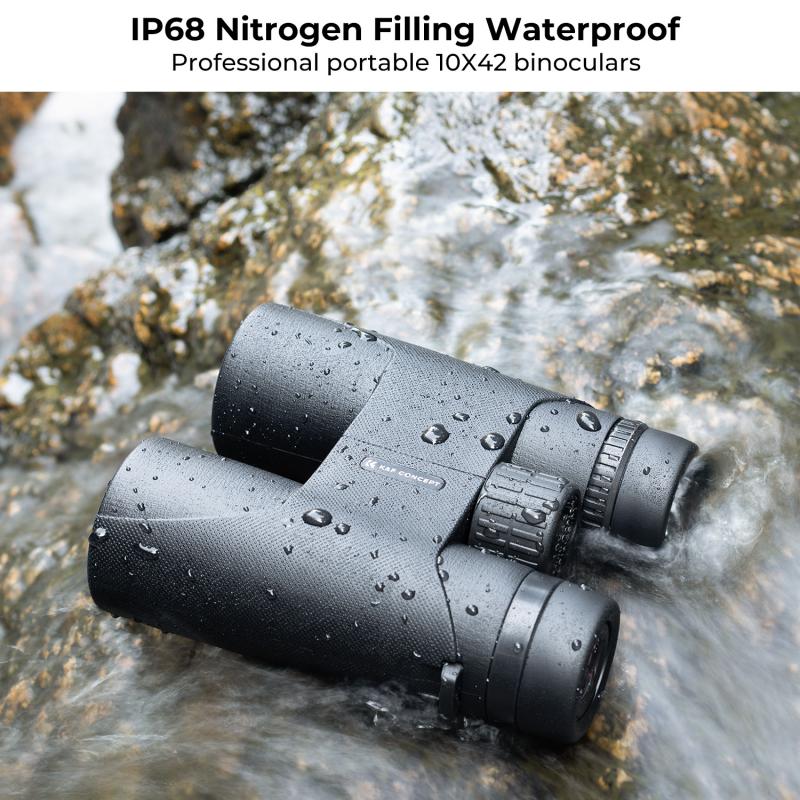
3、 "Black Aphids: Microscopic Insects That Infest Plants"
Black aphids are tiny microscopic insects that infest plants. These pests belong to the Aphididae family and are commonly known as blackfly or black bean aphids. They are small, soft-bodied insects that measure around 1-3 millimeters in length. Black aphids are typically black or dark brown in color, hence their name.
These insects are notorious for their ability to reproduce rapidly and infest plants in large numbers. They feed on the sap of plants, piercing the plant tissue with their needle-like mouthparts and extracting the nutrients. This feeding behavior can cause significant damage to the plants, leading to stunted growth, wilting, and even death in severe cases.
Black aphids are commonly found on a wide range of plants, including vegetables, fruits, ornamental plants, and trees. They prefer succulent new growth and can quickly colonize the undersides of leaves, stems, and buds. Infested plants may exhibit distorted or curled leaves, sticky honeydew residue, and the presence of ants, which are attracted to the aphids' sugary secretions.
Controlling black aphids can be challenging due to their rapid reproduction and ability to develop resistance to insecticides. Integrated pest management (IPM) strategies are often recommended, which include cultural practices, such as pruning infested plant parts, promoting beneficial insects that prey on aphids, and using insecticidal soaps or oils to suffocate the pests.
It is important to note that the latest point of view on black aphids and other aphid species is the increasing interest in biological control methods. This involves the use of natural enemies, such as ladybugs, lacewings, and parasitic wasps, to keep aphid populations in check. Research is also being conducted on the use of genetically modified plants that produce toxins harmful to aphids, reducing the need for chemical insecticides.
In conclusion, black aphids are tiny microscopic insects that infest plants and can cause significant damage. Effective management strategies, including cultural practices and biological control methods, are crucial in controlling these pests and minimizing their impact on plants.
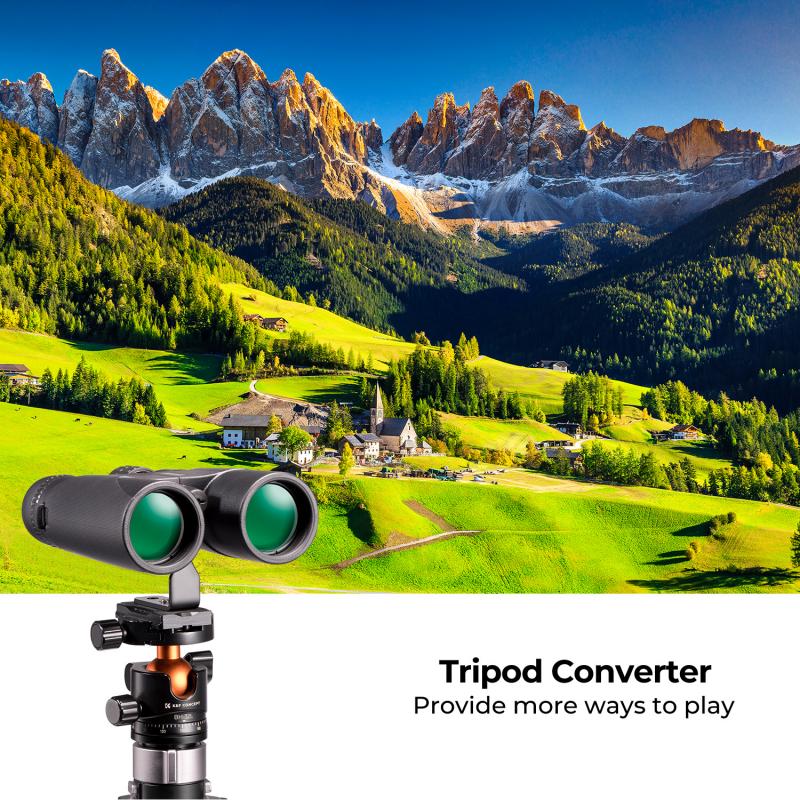
4、 "Black Fleas: Small Parasitic Insects That Infest Animals"
Black fleas are small parasitic insects that infest animals. These tiny microscopic bugs belong to the order Siphonaptera and are known for their ability to jump long distances. They are commonly found on mammals, including dogs, cats, and rodents, and can also infest humans.
Black fleas are similar in appearance to other fleas, with a dark brown or black coloration and a flattened body that allows them to move easily through the fur or feathers of their hosts. They have strong legs that enable them to jump from one host to another, making it easy for them to spread and infest multiple animals.
These fleas are ectoparasites, meaning they live on the outside of their hosts and feed on their blood. They have specialized mouthparts that allow them to pierce the skin and suck blood. This feeding behavior can cause irritation, itching, and discomfort for the infested animal. In severe cases, it can lead to anemia and other health issues.
Black fleas reproduce rapidly, with females laying hundreds of eggs at a time. These eggs can be found in the environment, such as in bedding, carpets, or cracks in the floor. Once the eggs hatch, the larvae go through several stages before transforming into adult fleas.
To control black flea infestations, it is important to treat both the animal and its environment. This may involve using flea control products such as topical treatments, sprays, or oral medications on the animal, as well as thorough cleaning and vacuuming of the surroundings. Regular grooming and inspection of pets can also help detect and prevent infestations.
It is worth noting that while black fleas are a common term used to describe these tiny microscopic bugs, there are various species of fleas that can infest animals, and their appearance and behavior may vary slightly. Therefore, it is always recommended to consult with a veterinarian for accurate identification and appropriate treatment.
